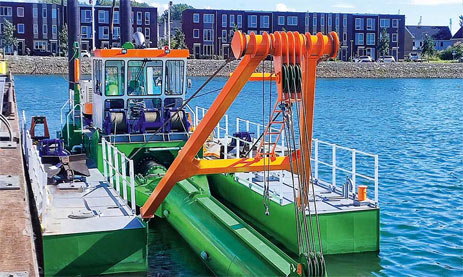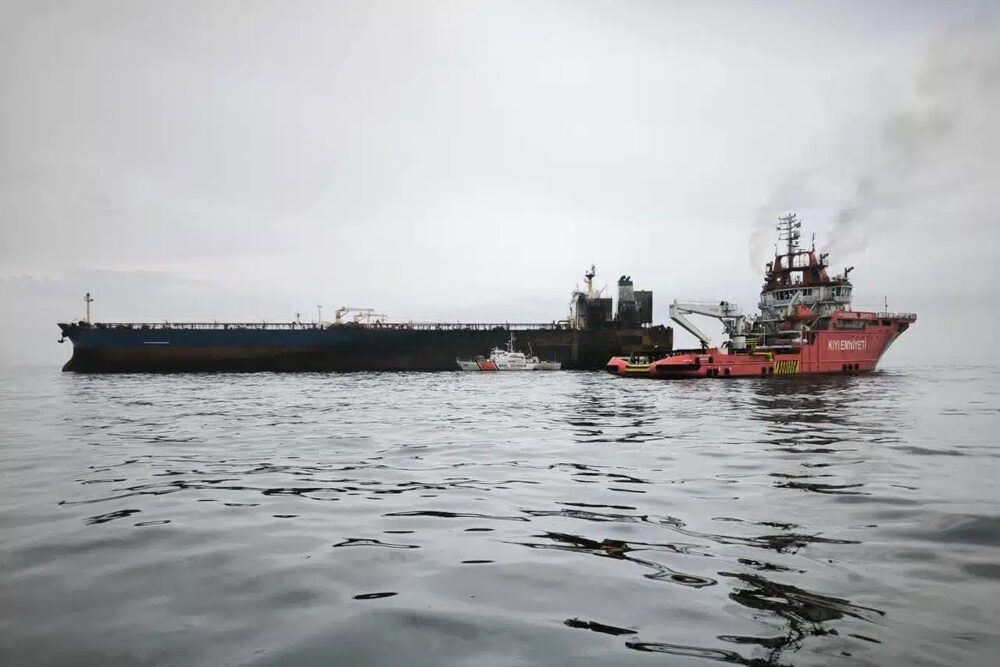After a difficult last few years, Tallink Silja Line has recovered: in 2024, the ferries carried almost 5.6 million passengers across the Baltic Sea.
“The last few years have been challenging for the tourism and transportation sector, and 2024 was no exception,” said Paavo Nõgene, CEO of Tallink Grupp. “We have focused primarily on cost control, successful operation of our main routes and flexible ways to generate additional revenue. Nevertheless, considering the difficult economic environment in all our home markets and the lowest consumer confidence in a decade, last year’s results were satisfactory.” Shareholders will receive a dividend of €0.06 per share, the CEO announced.
Tallink Silja Line operates 14 vessels
The company’s total revenue for 2024 amounted to €786 million, with loan and interest payments of €116 million. At the end of the financial year, the Group operated 14 ships. Three ships were chartered out during the year, while a decision on the deployment of two ships is still pending. The number of freight units transported exceeded 303,000 and the number of passenger vehicles transported amounted to 777,000. The company’s EBITDA amounted to €175 million and net profit reached €40.3 million.
“Ships have to sail, not lie idle – ships lying in port for a long time only cause unnecessary costs for the company,” Nõgene continued. “A volatile economic environment challenges us to be more flexible and implement new business models. This year, we will closely monitor the performance of our main routes and look for chartering opportunities for vessels that are not currently deployed on these routes. In this context, we are pleased that the Tallinn-Helsinki route has recovered strongly after the crisis years. We are also optimistic about growth on the Paldiski-Kapellskär route, where the return of the ‘Star I’ ferry has significantly improved the travel experience for car passengers. We are also confident that the number of Swedish travelers on the Baltic Sea will increase again.”
Debt burden significantly reduced
Almost half of the 5.6 million passengers came from Finland, with Estonian customers accounting for a quarter. The proportion of Swedish passengers was less than 10%, which was even lower than the proportion of passengers from other European countries.
Revenue from the Group’s most successful segment, the Estonia-Finland routes, increased by almost €15 million year-on-year to almost €313 million. The segment’s overall result also improved to €81 million. The Group’s investments amounted to €22.4 million in 2024, with the majority going towards the maintenance and repair of ships, including technical improvements and renovations to passenger areas, as well as IT development.
“From a sustainable business perspective, it is important to emphasize that we have significantly reduced our debt burden. The repayment of €87 million in loans in 2024 is a remarkable achievement that supports the stability of our core business. Our primary objective as a board remains clear – to maintain our position as a stable, dividend-paying listed company,” Nõgene concluded.














